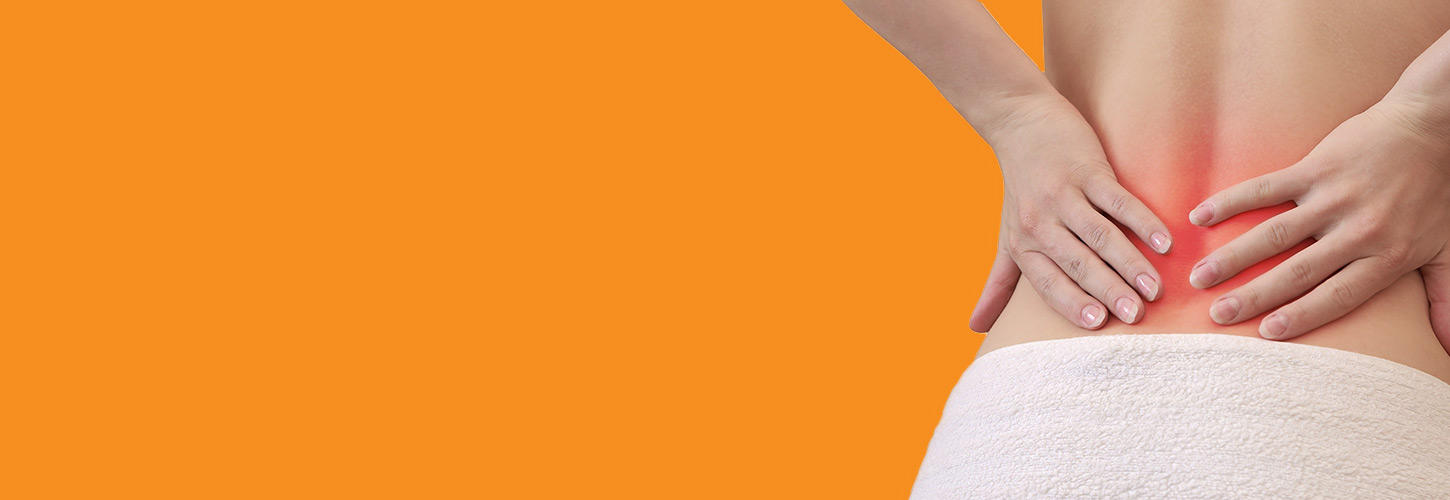Up to 80 per cent of people living with persistent pain are missing out on treatment that could improve their health and quality of life.

Ongoing Pain
WHAT IS ONGOING PAIN?
Do you suffer from ongoing pain? Does this limit your life on a daily basis?
Ongoing pain is persistent or long-lasting and in general, it remains poorly understood and can be hard to control.
Ongoing pain can be mild or excruciating, episodic or continuous, merely inconvenient or totally incapacitating.
Living with ongoing pain can severely limit your ability to carry out day-to-day tasks, and in some cases even take care of yourself.
CAUSES OF ONGOING PAIN
Ongoing pain is caused by many different factors such as illness and disease. Other causes are nerve damage and injuries that fail to heal properly.
In the normal healing process, as the damaged tissue regenerates and repairs, and the swelling subsides, there is pain relief.
If pain from tissue damage does not resolve and lasts for more than three months, however, it becomes chronic.
In this case, the pain itself is thought to be a cause of ongoing pain. The pain ceases to be a symptom of harm, and becomes a condition in itself.
TREAT ONGOING PAIN
As pain persists, the condition is increasingly influenced by factors that make it very challenging to treat.
This can cause varying degrees of discomfort and functional limitation, and impinge severely on quality of life.
The psychological and social effects of living with ongoing pain can be as debilitating as the pain itself – impacting on people, families and communities.
It is important to avoid this transition to persistent, ongoing pain with the early effective treatment of common conditions.
COMMON FACTORS CONTRIBUTING TO ONGOING PAIN
INFLAMMATION
Pain & swelling
Although separate conditions, pain and inflammation are often associated.
Prolonged inflammation can cause the sensation of pain to become exaggerated.
Inflamed tissue may become so tender that even a light touch may cause pain.
Treating inflammation is an effective means of interfering with this pain sensitisation process.
AGEING
Slower healing
The ageing process can be a factor in the healing process.
With age, muscles lose size and strength, damage is slower to repair, and the tissue it is replaced with is tougher.
This contributes to weakness and fatigue and makes us more prone to ongoing pain.
This means that the early, effective treatment of common conditions and pain is just as critical with age – if not more so.
INACTIVITY
Prone to chronic pain
It was once thought that age-related changes were unavoidable, we now know many of these factors are due to inactivity.
Inactivity can lead to weight gain, loss of muscle conditioning.
It can also heighten pain sensation – with the body responding in an exaggerated way to low-intensity muscle stimulus.
Performing regular physical activity can help reverse the risk of disability and chronic disease.





